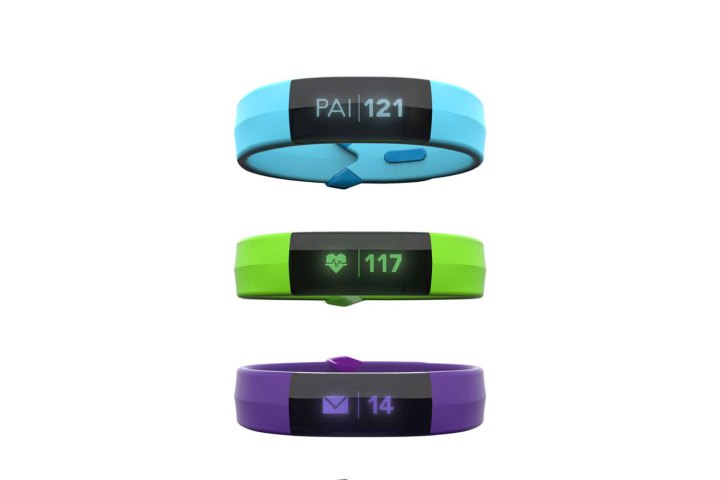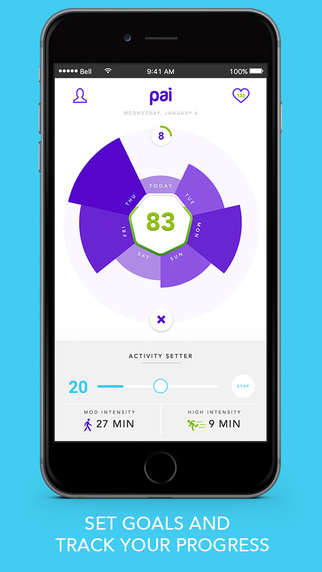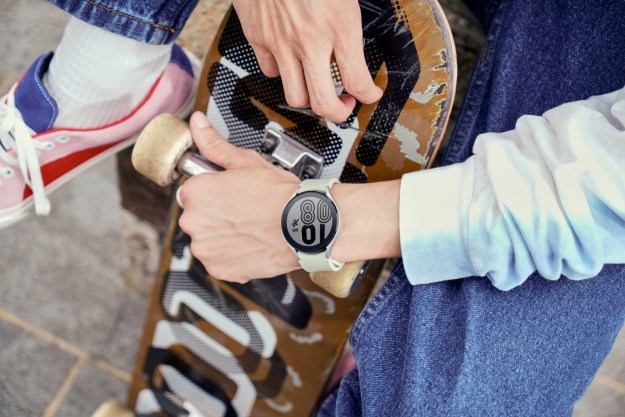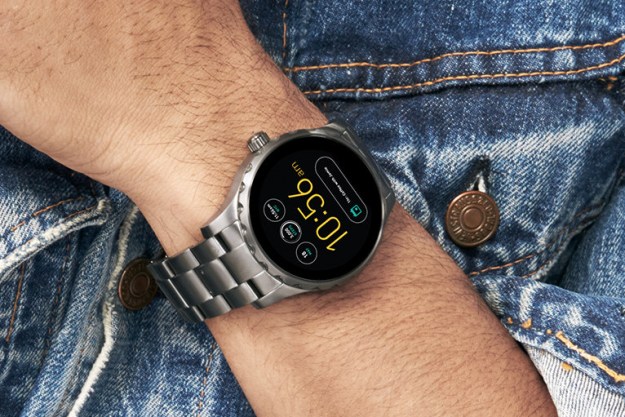
PAI, or Personal Activity Intelligence, is based off the results of the Norwegian Hunt Study, a 20-year research project that found a correlation between longevity and activity — essentially, Mio wants to ensure your workout is suitable for you, in keeping with the study results.
Rather than trying to hit 10,000 steps or other arbitrary goals, PAI condenses all of that into one number — 100. Based on your gender, age, highest and resting heart rates, the new Mio PAI app offers a specific quantity and intensity of activity to reach the goal of keeping your PAI score over 100. Doing so can increase your lifespan by up to 10 years, and even safeguard your heart from cardiovascular disease.

While every user is directed to aim for a target number of 100, users are given different ways to get to that number based on their body’s physiological response to changes in heart rate and other factors. The app still offers generic fitness tracking information like a step and calorie counter. Once you start that app — which only works with Mio’s connected bands — you’ll have a PAI score of zero. Get that number to or above 100 within the day and you’re on your way to a healthier, and hopefully, a longer life.
The app is really well designed and also lets you know how much time you need to spend completing low, moderate, or high-intensity tasks to get more PAI points to hit your target score.
Alongside Mio’s PAI announcement was also the introduction of a new wearable that has the PAI index built in — the Mio Slice. With Mio’s other bands, you’ll need the PAI app to see your PAI score each day, but with the Slice you can see your score right away on the device. Slice has a built-in heart-rate monitor and can track steps, calories burned, distance, and sleep. The device’s design, which is certainly better looking than Mio’s other bands, is not finalized, and neither is its battery life and water resistance rating. It’s compatible with iOS and Android devices, and will be able to handle vibration alarms and smartphone notifications as well.
The PAI app is free and is available on iTunes right now, but the Slice will set you back $100 and will be available later this year.


